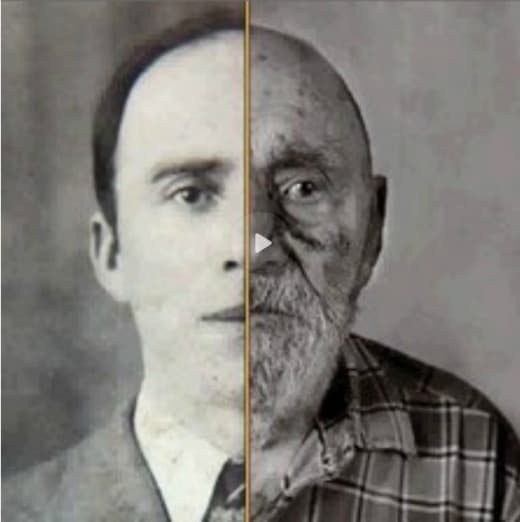Face-aging technique may help find your lost sibling
University of Bradford researchers have developed a new 'face-aging' technique that might be incredibly useful in finding missing people. The technique accepts a picture and can correctly age it to show how the person may look at certain age. For example, if you provide this new software with your childhood photo, it can correctly predict how you look now, or say 20 years from now. Researchers say that this technique will be very useful in finding people who went missing years ago.
Researchers were able to map the key features of the face like the shape of cheek, mouth, forehead etc. to certain age. The information, when fed to the algorithm can be turned into a photograph-like image of the person at different ages. You might recall that just a few weeks ago, a mobile app called 'FaceApp' went viral on the social media. The app would click your photo and then apply some sophisticated algorithms and computing techniques to modify it to show you how you'd look if you were a kid, or of opposite sex and even younger or older.

The new technique, however, has much serious application - finding missing people. Tens of thousands of people go missing every year from all parts of the world. The biggest problem in identifying these people is that the face changes with time. The problem motivated Prof. Hassan Ugail of Bradford University to develop a technique that would help identify people who've been missing for a considerable period of time.
Prof. Ugail's technique involves predictive modelling applied to age progression. The software makes use of large database of photographs of people at various ages right from their childhood. These photographs allow the computers to learn how people age and the way their face changes over time. In order to test the accuracy of their system, researchers used a method called 'de-aging'. That is, they took the latest picture of a person and then de-aged it to create a childhood photo so that they could compare the result.
Prof. Ugail says that their work is being tested in association with various parties including police and investigating agencies. He wants to keep improving the technique so that it can be used as a biometric face-recognition system. Find out the details of the research on the official source link below.
Source: #-Link-Snipped-#
Researchers were able to map the key features of the face like the shape of cheek, mouth, forehead etc. to certain age. The information, when fed to the algorithm can be turned into a photograph-like image of the person at different ages. You might recall that just a few weeks ago, a mobile app called 'FaceApp' went viral on the social media. The app would click your photo and then apply some sophisticated algorithms and computing techniques to modify it to show you how you'd look if you were a kid, or of opposite sex and even younger or older.

The new technique, however, has much serious application - finding missing people. Tens of thousands of people go missing every year from all parts of the world. The biggest problem in identifying these people is that the face changes with time. The problem motivated Prof. Hassan Ugail of Bradford University to develop a technique that would help identify people who've been missing for a considerable period of time.
Prof. Ugail's technique involves predictive modelling applied to age progression. The software makes use of large database of photographs of people at various ages right from their childhood. These photographs allow the computers to learn how people age and the way their face changes over time. In order to test the accuracy of their system, researchers used a method called 'de-aging'. That is, they took the latest picture of a person and then de-aged it to create a childhood photo so that they could compare the result.
Prof. Ugail says that their work is being tested in association with various parties including police and investigating agencies. He wants to keep improving the technique so that it can be used as a biometric face-recognition system. Find out the details of the research on the official source link below.
Source: #-Link-Snipped-#
0
